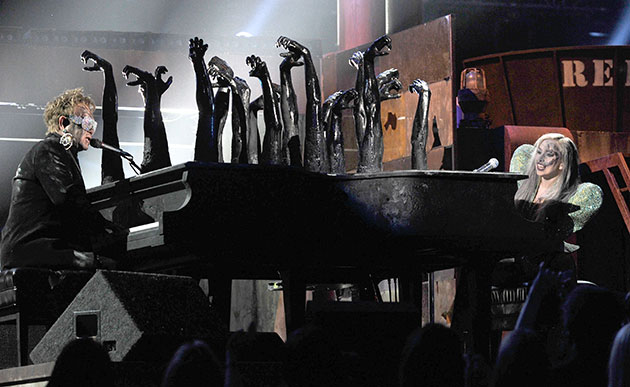Uncategorized
Three eras of contemporary music
Three eras of contemporary music
Contemporary music

I believe that everyone has noticed that music and trends have changed significantly through the last few decades. If we dig into the past, we find even greater differences between music being played now on the radio and music from the past. Let’s see how and why it everything changed.
Triune Brain Theory
Paul Maclean stated that our minds have three “faces” which developed chronologically: physical (brain stem), emotional (limbic brain) and logical (neocortex). Although the science has developed different theories and do not support the idea of Maclean, for the purposes of this article, this simplified image of our brain should suit our needs.
Music goes backwards
As we could see, in times of Bach or Chopin, music was regarded as purely intellectual entertainment. It was still supposed to bring pleasure, people would be able to focus for a longer period of time and, what’s more important, the dissonances were still not frequently used so they always brought the tension to the audience – simply, for people in the past, dissonances sounded more “dissonant” than for us. It was about providing strict forms, respecting strict rules and providing material for analysis for intellectuals.
Emotions come back
Then music became more emotional. The rules were not strictly obeyed anymore what made the classical composers think that the romantic music was of worse quality. We can see this change in classical music (Beethoven, Rachmaninoff) and we could experience this period also in popular music. In this case using words to describe music: all those ballads sung by Celine Dion, Whitney Houston and others – they were supposed to bring not only the material for the artist to present their skills but more importantly – emotions. People would react very emotionally for example for “I will always love you” or “My heart will go on”. Contemporary and classical music was made-and also heard- having this concept in mind too.
Back to the roots
Groove definitely dominated our times for simple reason – it corresponds with our most primitive part of our brain, as groove is physical. As scientists prove, the strong rhythmic part of the song makes us move, we want to dance. Even if we sit still, our brain has this need to act physically. It’s as “how much a song will be enjoyed is connected how much it grooves” (F. Findeisen). We can obviously see it in pop music which is highly influenced by dance and techno.
All pop stars are hiring dance producers as they exactly know how to make people move – they had much time to practise their tricks on the dancefloor. But not only the mainstream music has been affected. Let’s look at the soundtracks. Most of them are required nowadays by film producers and directors, to have strong groove and hooks, so people can easily remember. If someone doesn’t see the film, they at least will be tempted to watch it after listening to this ear-worming soundtrack.
Worse and worse…
Among my friends, mostly artists, modern pop music is regarded as something worse, something being created just to be sold. I always disagree because in my opinion music is always created to be heard. Some people create for a few guys in the audience, some people create for millions. Remember, even Bach or Beethoven created their music to be heard and performed. Nothing changed. If something resonates with masses, why should we change it? We live in very eclectic times. Everything is acceptable. Art presents great variety. Enjoy your genre then ☺
Three eras of contemporary music
#WKMT #singingteachers #wkmtarticles #musiclessonslondon

Pingback: Musical expectations and Cultural attributes in Music